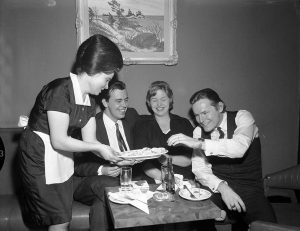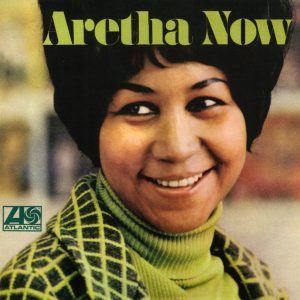Wikipedia does a great job of writing opening paragraphs that succinctly highlight the subject’s influence. This profile of the great jazz pianist Bill Evans is a great example (though telling us how to pronounce “Evans” is overkill):
William John Evans, known as Bill Evans (pronunciation: /ˈɛvəns/, August 16, 1929 – September 15, 1980), was an American jazz pianist and composer who mostly worked in a trio setting. He is widely considered to be one of the greatest jazz pianists of all time,[2] and is considered by some to have been the most influential post-World War II jazz pianist.[3] Evans’s use of impressionist harmony, inventive interpretation of traditional jazz repertoire, block chords, and trademark rhythmically independent, “singing” melodic lines continue to influence jazz pianists today. Unlike many other jazz musicians of his time, Evans never embraced new movements like jazz fusion or free jazz. (Continue Reading…)
Evans’ site offers more background:
His 1963 Conversations With Myself album, in which he double and triple-tracked his piano, won him the first of many Grammy® awards and the following year he first toured overseas, playing to packed houses from Paris to Tokyo, now solidifying a worldwide reputation. The great bassist Eddie Gomez began a fruitful eleven year tenure with Bill in 1966, in various trios with drummers Marty Morell, Philly Joe Jones, Jack DeJohnette and others — contributing to some of the most acclaimed club appearances and albums in Evans’s career. His recorded output was considerable — (for Riverside, Verve, Columbia, Fantasy and Warner Bros) over the years, and he also did sessions (especially early on) with some of the top names in jazz. Musicians like Charles Mingus, Art Farmer, Stan Getz, Oliver Nelson, Jim Hall, George Russell, Shelley Manne, Toots Theielmans, Kai Winding /J.J. Johnson, Hal McKusick and others all featured Evans. In the seventies, he recorded extensively– primarily trio and solo piano now and then, but also including several quintet albums under his own name as well two memorable dates with singer Tony Bennett. (Continue Reading…)
Ashley Kahn at JazzTimes wrote an interesting and insightful piece on Evan’s relationship with Miles Davis:
Their partnership far exceeded the leader-sideman paradigm. Evans influenced Davis’ outlook and guided his taste, introducing him to a host of modern classical composers. He then played catalyst to—and co-composer of much of the material on—the modal-jazz masterpiece Kind of Blue. “I planned that album around the piano playing of Bill Evans,” Davis admitted in 1989. (Continue Reading…)
The piece makes the point that Davis and Evans had somewhat minimalist styles in which silence was as important as sound. Indeed, that seems like a key ingredient of the “cool” jazz that both played.
Influencing “Kind of Blue” certainly makes Evans an immortal. Unfortunately, the Wikipedia entry goes on to describe a sad life that included heroin and cocaine addiction and the suicides of a girl friend and brother.
Above is “Who Can I Turn To?” and below is “Waltz for Debby.”










Add Comment